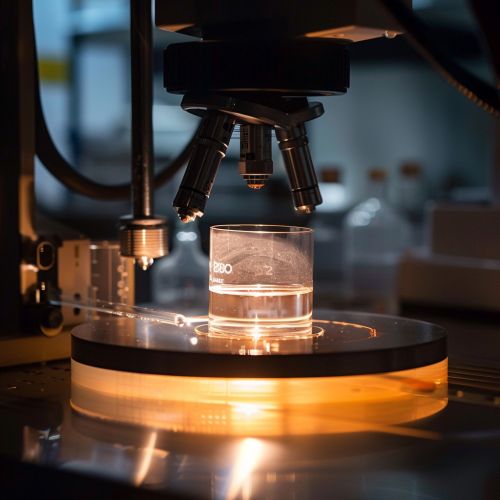Light-Activated Drug Delivery Systems: Recent Advances
Introduction
Light-activated drug delivery systems (LADDS) are an emerging field in the realm of pharmacological research and development. These systems utilize light-sensitive compounds to control the release of therapeutic agents, allowing for spatial and temporal precision in drug delivery. This article will delve into the recent advances in this field, exploring the mechanisms, applications, and future prospects of LADDS.
Mechanisms of Light-Activated Drug Delivery
The fundamental principle behind LADDS is the use of light as an external stimulus to trigger the release of drugs. This is achieved through the incorporation of photoresponsive compounds into drug delivery systems. Upon exposure to light of a specific wavelength, these compounds undergo chemical or physical changes that result in the release of the encapsulated drug.
Photochemical Reactions
Photochemical reactions are the primary mechanism through which light activates drug release. These reactions involve the absorption of light by a molecule, leading to changes in its electronic state. This can result in the formation of reactive species, isomerization, or bond cleavage, all of which can trigger drug release.


Photothermal Effects
In addition to photochemical reactions, photothermal effects can also be utilized for light-activated drug delivery. Certain compounds, such as gold nanoparticles, absorb light and convert it into heat. This heat can be used to disrupt the drug carrier, leading to the release of the encapsulated drug.
Applications of Light-Activated Drug Delivery
The ability to control drug release with light has opened up new possibilities in the treatment of various diseases. The following sections will discuss some of the key applications of LADDS.
Cancer Therapy
One of the most promising applications of LADDS is in the field of oncology. By using light to control drug release, it is possible to target cancer cells more effectively while minimizing damage to healthy tissues. This can improve the efficacy of cancer treatments and reduce side effects.
Ophthalmic Treatments
Light-activated drug delivery systems also hold potential for ophthalmic treatments. The eye is an ideal target for LADDS due to its accessibility to light and the need for precise drug delivery in the treatment of eye diseases.
Future Prospects
While LADDS have shown promise in preclinical studies, there are still many challenges to overcome before they can be widely used in clinical settings. These include the development of safe and efficient light sources, the design of photoresponsive compounds with suitable properties, and the optimization of drug delivery systems for specific applications.
